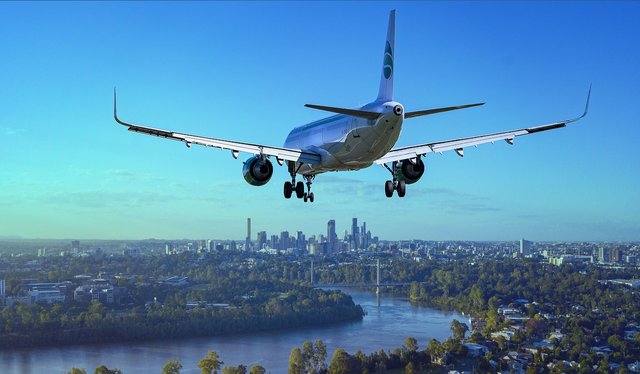Sustainable Aviation Fuel: A Pathway to Greener Skies
flight industry is a huge ally of overall petroleum derivative results, responsible for around 2-3% of the world's CO2 surges. As the interest for air branch out continues to create, the prerequisite for pragmatic game plans ends up being logically squeezing. One promising street is Legitimate Flight Fuel (SAF), a cleaner choice rather than regular stream powers. SAF might conceivably basically diminish the natural impact of air travel, making it a vital part in the mission for a more viable future.What is Doable Flight Fuel?Sustainable Flying Fuel is a kind of biofuel unequivocally planned for use in plane. Unlike standard stream fuel, which is gotten from o

il subordinates, SAF is conveyed from endless resources like agrarian stores, waste oils, and non-food crops. This reduces reliance on restricted resources as well as cuts down the carbon impression of aviation.SAF can be blended in with common stream fuel and used in existing plane engines without changes, pursuing it a charming decision for airplanes expecting to diminish their releases without causing basic additional costs.Production Pathways
There are a couple of techniques for conveying SAF, each with its own advantages and challenges:Hydroprocessed Esters and Unsaturated fats (HEFA): This is the most mechanically mature SAF creation pathway. It incorporates hydrogenating vegetable oils or animal fats to convey a fuel that meets fly fuel specifications.Fischer-Tropsch (FT) Cycle: This method changes over biomass into made gas (syngas), which is then taken care of into liquid hydrocarbons. FT fills are significantly adaptable and can be created utilizing a broad assortment of biomass feedstocks.Alcohol-to-Fly (ATJ): In this pathway, alcohols, for instance, ethanol or butanol are changed over into stream fuel through a movement of manufactured reactions. ATJ stimulates can be conveyed from various boundless sources, including provincial developments and present day squander gases.Power-to-Liquid (PtL): This inventive philosophy uses maintainable ability to convey hydrogen, which is then gotten together with captured CO2 to make produced stream fuel. PtL might perhaps achieve incredibly low non-renewable energy source side-effects, especially when coordinated with carbon catch and limit technologies.Environmental BenefitsThe fundamental advantage of SAF is diminishing ozone exhausting substance discharges potential. Dependent upon the feedstock and creation process, SAF can achieve lifecycle carbon diminishes of up to 80% appeared differently in relation to conventional stream fuel. Additionally, SAF can lessen various pollutions like particulate matter and sulfur oxides, adding to additional created air quality.Economic and Practical ConsiderationsWhile SAF offers basic regular benefits, its wide gathering faces a couple of challenges. At this point, SAF is more exorbitant to make than conventional stream fuel, generally on account of the massive costs of feedstocks and creation processes. In any case, as creation increments and mechanical types of progress are made, the cost opening should narrow.The flying industry is really investing assets into SAF imaginative effort, with a couple of transporters and producers zeroing in on SAF use. For example, huge transporters, for instance, Joined Transporters, Delta Airplanes, and English Flight courses have begun coordinating SAF into their errands, and plane makers like Boeing and Airbus are supporting SAF endorsement and integration.Policy and Regulatory SupportGovernment techniques and rules expect a basic part in progressing SAF gathering. Stimuli, for instance, tax cuts, grants, and carbon esteeming can help with offsetting more noteworthy costs of SAF and enable interest in progress workplaces. Moreover, overall affiliations like the Worldwide Normal Flight Affiliation (ICAO) are endeavoring to spread out overall standards and designs for SAF usage.ConclusionSustainable Flying Fuel tends to a promising solution for the regular challenges facing the flying business. By using maintainable resources and imaginative developments, SAF can out and out lessen the carbon impression of air travel. In any case, achieving broad gathering will require composed attempts from industry accomplices, policymakers, and purchasers. As the world continues to zero in on practicality, SAF stands separated as a basic part in the journey toward greener skies.